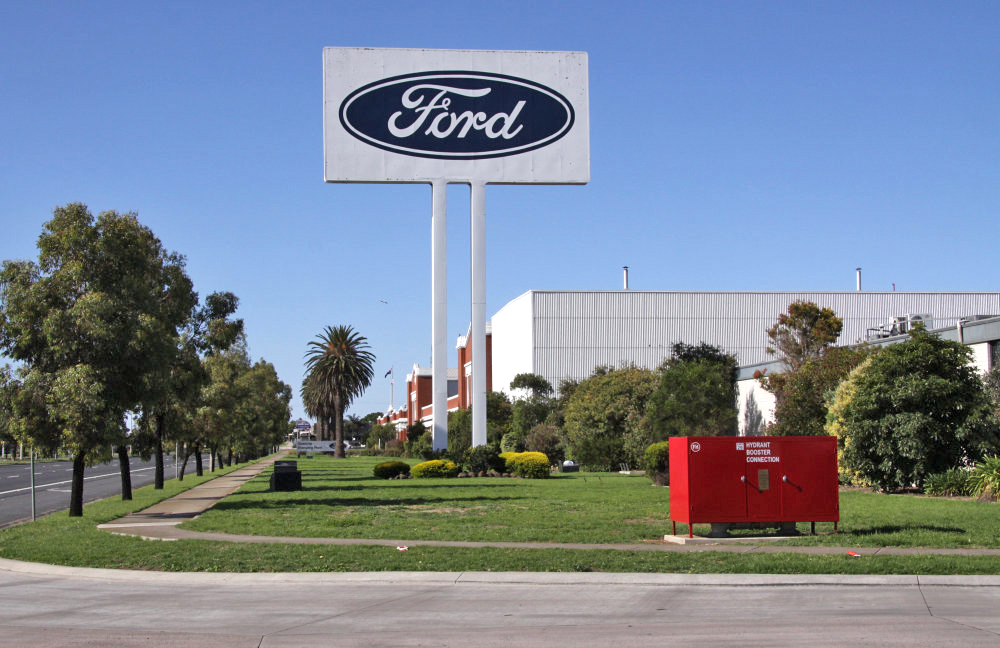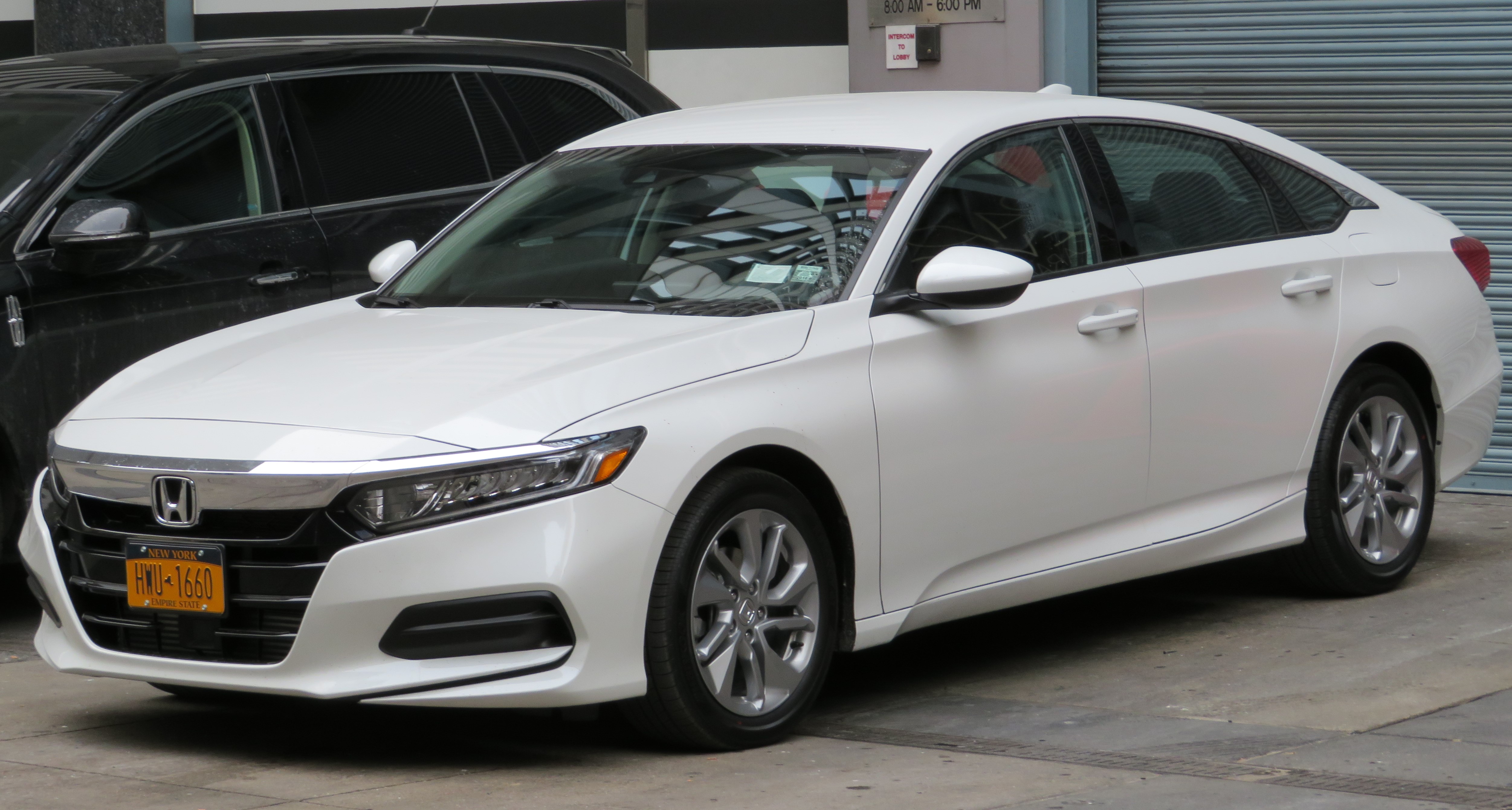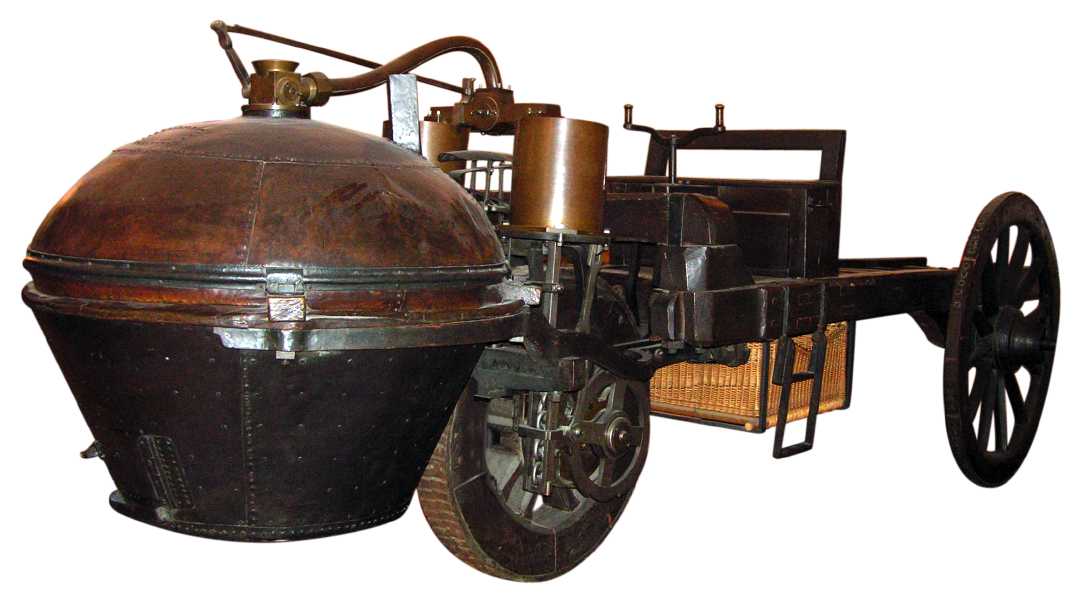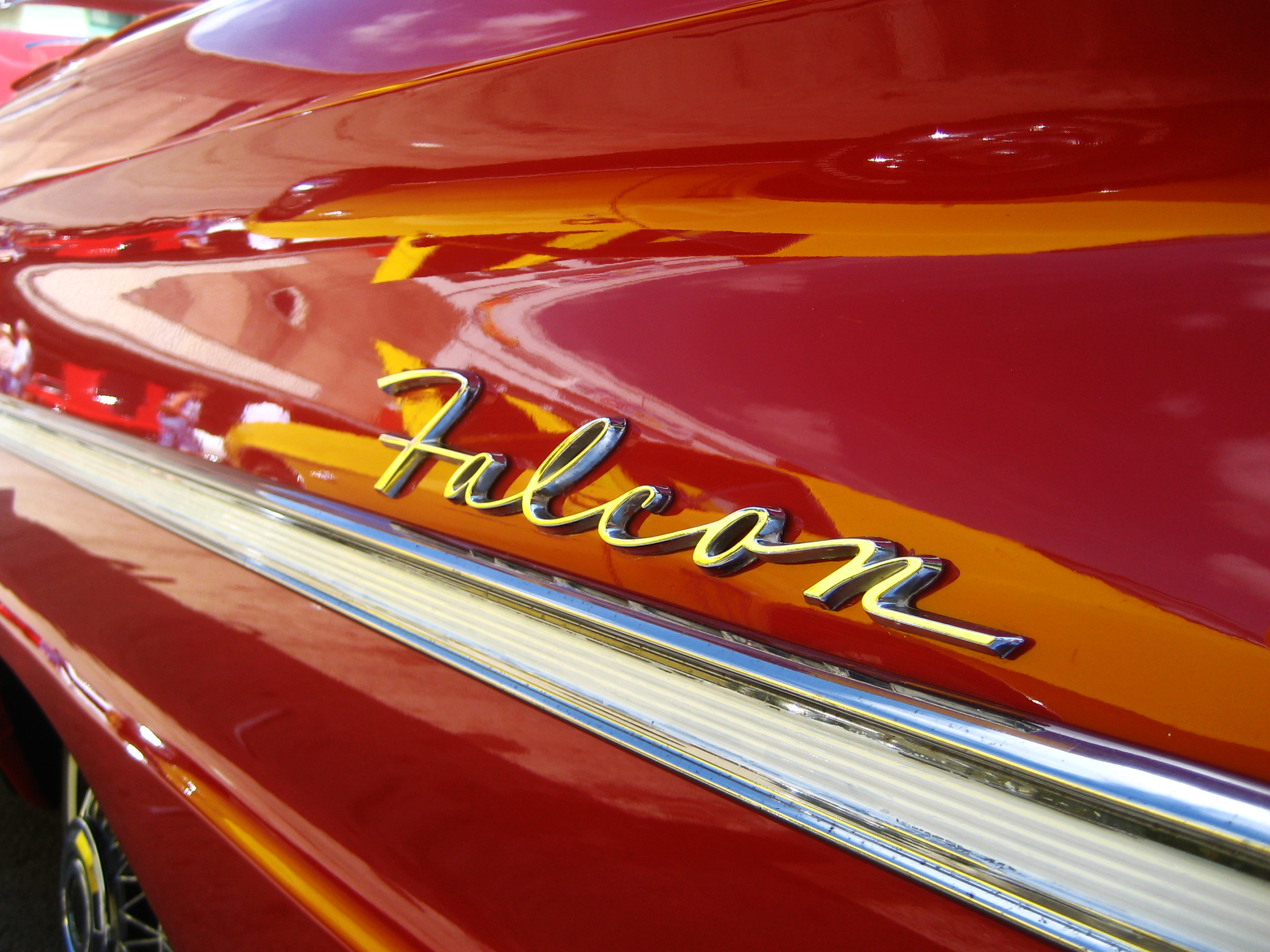|
Ford Falcon (XM)
The Ford Falcon (XM) is a mid-size car that was produced by Ford Australia between February 1964 and February 1965. It was the third iteration of the first generation of the Ford Falcon. Overview The XM series Falcon range was introduced in February 1964, as a replacement for the XL series Falcon. The XM featured around 1,500 modifications from the XL, including numerous changes to the suspension which now featured stronger ball joints, new front upper wishbones, coil-over shock units and relocated rear spring-hangers. Also new were bigger axle shafts and tougher engine mounts. The vacuum operated windscreen wipers of the XL series were replaced by a two-speed electric motor unit and the seats were stronger with better quality upholstery. Unlike previous Australian Falcons, the XM represented a significant departure from the contemporary US Ford Falcon Ford Falcon is an automobile nameplate applied to several vehicles worldwide. * Ford Falcon (North America), an automobile ... [...More Info...] [...Related Items...] OR: [Wikipedia] [Google] [Baidu] |
Ford Australia
Ford Motor Company of Australia Limited (known by its trading name Ford Australia) is the Australian subsidiary of United States-based automaker Ford Motor Company. It was founded in Geelong, Victoria, in 1925 as an outpost of Ford Motor Company of Canada, Limited. At that time, Ford Canada was a separate company from Ford USA. Henry Ford had granted the manufacturing rights of Ford motor vehicles in the British Empire (later the Commonwealth), to Canadian investors. Ford Australia's first products were Model T cars assembled from complete knock-down (CKD) kits provided by Ford of Canada. Of the many models that followed, the best known was the Falcon produced from 1972 to 2016, originally a US model introduced in Australia in 1960 and eventually adapted to Australian requirements and road conditions. History Early developments On 31 March 1925, Ford announced that its Australian headquarters were to be at Geelong, Victoria. The first Australian-built Ford was a Model ... [...More Info...] [...Related Items...] OR: [Wikipedia] [Google] [Baidu] |
Mid-size Car
Mid-size—also known as intermediate—is a vehicle size class which originated in the United States and is used for cars larger than compact cars and smaller than full-size cars. "Large family car" is a UK term and a part of the D-segment in the European car classification. Mid-size cars are manufactured in a variety of body styles, including sedans, coupes, station wagons, hatchbacks, and convertibles. Compact executive cars can also fall under the mid-size category. History The automobile that defined this size in the United States was the Rambler Six that was introduced in 1956, although it was called a "compact" car at that time. Much smaller than any standard contemporary full-size cars, it was called a compact to distinguish it from the small imported cars that were being introduced into the marketplace. By the early 1960s, the car was renamed the Rambler Classic and while it retained its basic dimensions, it was now competing with an array of new "intermediate" ... [...More Info...] [...Related Items...] OR: [Wikipedia] [Google] [Baidu] |
Coupé Utilities
A coupe or coupé (, ) is a passenger car with a sloping or truncated rear roofline and two doors. The term ''coupé'' was first applied to horse-drawn carriages for two passengers without rear-facing seats. It comes from the French past participle of ''couper'', "cut". __TOC__ Etymology and pronunciation () is based on the past participle of the French verb ("to cut") and thus indicates a car which has been "cut" or made shorter than standard. It was first applied to horse-drawn carriages for two passengers without rear-facing seats. These or ("clipped carriages") were eventually clipped to .. There are two common pronunciations in English: * () – the anglicized version of the French pronunciation of ''coupé''. * () – as a spelling pronunciation when the word is written without an accent. This is the usual pronunciation and spelling in the United States, with the pronunciation entering American vernacular no later than 1936 and featuring in the Beach Boys' hi ... [...More Info...] [...Related Items...] OR: [Wikipedia] [Google] [Baidu] |
Station Wagons
A station wagon ( US, also wagon) or estate car ( UK, also estate), is an automotive body-style variant of a sedan/saloon with its roof extended rearward over a shared passenger/cargo volume with access at the back via a third or fifth door (the liftgate or tailgate), instead of a trunk/boot lid. The body style transforms a standard three-box design into a two-box design — to include an A, B, and C-pillar, as well as a D-pillar. Station wagons can flexibly reconfigure their interior volume via fold-down rear seats to prioritize either passenger or cargo volume. The ''American Heritage Dictionary'' defines a station wagon as "an automobile with one or more rows of folding or removable seats behind the driver and no luggage compartment but an area behind the seats into which suitcases, parcels, etc., can be loaded through a tailgate." When a model range includes multiple body styles, such as sedan, hatchback, and station wagon, the models typically share their platform, d ... [...More Info...] [...Related Items...] OR: [Wikipedia] [Google] [Baidu] |
Sedans
A sedan or saloon (British English) is a passenger car in a three-box configuration with separate compartments for an engine, passengers, and cargo. The first recorded use of the word "sedan" in reference to an automobile body occurred in 1912. The name derives from the 17th-century litter known as a sedan chair, a one-person enclosed box with windows and carried by porters. Variations of the sedan style include the close-coupled sedan, club sedan, convertible sedan, fastback sedan, hardtop sedan, notchback sedan, and sedanet/sedanette. Definition A sedan () is a car with a closed body (i.e. a fixed metal roof) with the engine, passengers, and cargo in separate compartments. This broad definition does not differentiate sedans from various other car body styles, but in practice, the typical characteristics of sedans are: * a B-pillar (between the front and rear windows) that supports the roof * two rows of seats * a three-box design with the engine at the front and the car ... [...More Info...] [...Related Items...] OR: [Wikipedia] [Google] [Baidu] |
Ford Australia Vehicles
Ford commonly refers to: * Ford Motor Company, an automobile manufacturer founded by Henry Ford * Ford (crossing), a shallow crossing on a river Ford may also refer to: Ford Motor Company * Henry Ford, founder of the Ford Motor Company * Ford Foundation, established by Henry and Edsel * Ford Australia * Ford Brasil * Changan Ford * Ford Motor Company of Canada, Canadian subsidiary * Ford of Britain * Ford of Europe, the successor of British, German and Irish subsidiaries * Ford Germany * Ford Lio Ho * Ford New Zealand * Ford Motor Company Philippines * Ford Romania * Ford SAF, the French subsidiary between 1916 and 1954 * Ford Motor Company of South Africa * Fordson, the tractor and truck manufacturing arm of the Ford Motor Company * Ford Vietnam * Ford World Rally Team (aka Ford Motor Co. Team prior to 2005), Ford Motor Company's full factory World Rally Championship team (1978–2012) * Ford Performance * Henry Ford & Son Ltd, Ireland * List of Ford vehicles, models referred to ... [...More Info...] [...Related Items...] OR: [Wikipedia] [Google] [Baidu] |
Cars Discontinued In 1965
A car or automobile is a motor vehicle with wheels. Most definitions of ''cars'' say that they run primarily on roads, seat one to eight people, have four wheels, and mainly transport people instead of goods. The year 1886 is regarded as the birth year of the car, when German inventor Carl Benz patented his Benz Patent-Motorwagen. Cars became widely available during the 20th century. One of the first cars affordable by the masses was the 1908 Model T, an American car manufactured by the Ford Motor Company. Cars were rapidly adopted in the US, where they replaced animal-drawn carriages and carts. In Europe and other parts of the world, demand for automobiles did not increase until after World War II. The car is considered an essential part of the developed economy. Cars have controls for driving, parking, passenger comfort, and a variety of lights. Over the decades, additional features and controls have been added to vehicles, making them progressively more complex. Th ... [...More Info...] [...Related Items...] OR: [Wikipedia] [Google] [Baidu] |
Cars Introduced In 1964
A car or automobile is a motor vehicle with wheels. Most definitions of ''cars'' say that they run primarily on roads, seat one to eight people, have four wheels, and mainly transport people instead of goods. The year 1886 is regarded as the birth year of the car, when German inventor Carl Benz patented his Benz Patent-Motorwagen. Cars became widely available during the 20th century. One of the first cars affordable by the masses was the 1908 Model T, an American car manufactured by the Ford Motor Company. Cars were rapidly adopted in the US, where they replaced animal-drawn carriages and carts. In Europe and other parts of the world, demand for automobiles did not increase until after World War II. The car is considered an essential part of the developed economy. Cars have controls for driving, parking, passenger comfort, and a variety of lights. Over the decades, additional features and controls have been added to vehicles, making them progressively more complex. These i ... [...More Info...] [...Related Items...] OR: [Wikipedia] [Google] [Baidu] |
Cars Of Australia
A car or automobile is a motor vehicle with wheels. Most definitions of ''cars'' say that they run primarily on roads, seat one to eight people, have four wheels, and mainly transport people instead of goods. The year 1886 is regarded as the birth year of the car, when German inventor Carl Benz patented his Benz Patent-Motorwagen. Cars became widely available during the 20th century. One of the first cars affordable by the masses was the 1908 Model T, an American car manufactured by the Ford Motor Company. Cars were rapidly adopted in the US, where they replaced animal-drawn carriages and carts. In Europe and other parts of the world, demand for automobiles did not increase until after World War II. The car is considered an essential part of the developed economy. Cars have controls for driving, parking, passenger comfort, and a variety of lights. Over the decades, additional features and controls have been added to vehicles, making them progressively more complex. These i ... [...More Info...] [...Related Items...] OR: [Wikipedia] [Google] [Baidu] |
Ford Falcon ...
Ford Falcon is an automobile nameplate applied to several vehicles worldwide. * Ford Falcon (North America), an automobile produced by Ford from 1960 to 1970. * Ford Falcon (Argentina), a car built by Ford Argentina from 1962 until 1991. * Ford Falcon (Australia), a car manufactured by Ford Australia from 1960 to 2016. * Ford Falcon van, a passenger variant of the first generation Ford E Series van (based on the Falcon platform) produced by Ford in the 1960s. {{Ford Falcon Falcon Falcons () are birds of prey in the genus ''Falco'', which includes about 40 species. Falcons are widely distributed on all continents of the world except Antarctica, though closely related raptors did occur there in the Eocene. Adult falcons ... [...More Info...] [...Related Items...] OR: [Wikipedia] [Google] [Baidu] |
Inline-six
The straight-six engine (also referred to as an inline-six engine; abbreviated I6 or L6) is a piston engine with six cylinders arranged in a straight line along the crankshaft. A straight-six engine has perfect primary and secondary engine balance, resulting in fewer vibrations than other designs of six or less cylinders. Until the mid-20th century, the straight-six layout was the most common design for engines with six cylinders. However, V6 engines became more common from the 1960s and by the 2000s most straight-six engines had been replaced by V6 engines. An exception to this trend is BMW which has produced automotive straight-six engines from 1933 to the present day. Characteristics In terms of packaging, straight-six engines are almost always narrower than a V6 engine or V8 engine, but longer than straight-four engines, V6s, and most V8s. Straight-six engines are typically produced in displacements ranging from , however engines ranging in size from the Benelli 750 Se ... [...More Info...] [...Related Items...] OR: [Wikipedia] [Google] [Baidu] |
Ford Falcon (North America)
The Ford Falcon is a model line of cars that was produced by Ford from the 1960 to 1970 model years. The first compact car marketed by the American Big Three automobile manufacturers (though antedated by the Rambler American), the Falcon was the third car line introduced by Ford, following the full-sized Ford and the Ford Thunderbird. In contrast to its competitors, the Falcon was developed as a scaled-down version of the full-size Ford Galaxie sedan. Through its production, the Falcon was offered in the same body styles as its full-sized Galaxie counterpart, including two-door and four-door sedans, two-door hardtops and convertibles, two-door and four-door station wagons (the former, serving as a basis of the final Ford sedan delivery), and coupe utility pickups (serving as the basis of the Ford Ranchero). During its production, the Falcon served as the basis for multiple Ford vehicle lines, including the first generations of the Ford Mustang pony car and the Ford Econoline ... [...More Info...] [...Related Items...] OR: [Wikipedia] [Google] [Baidu] |









